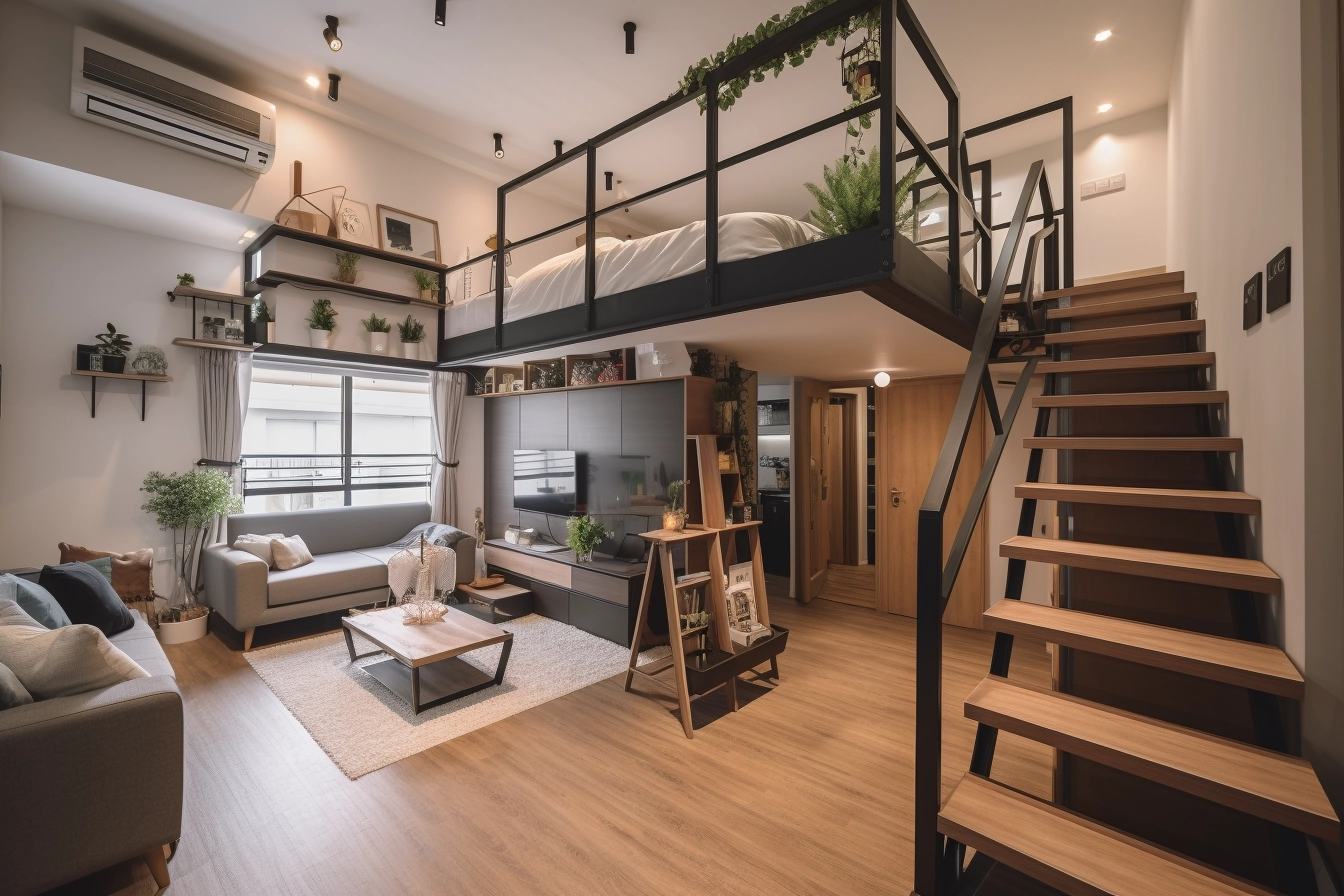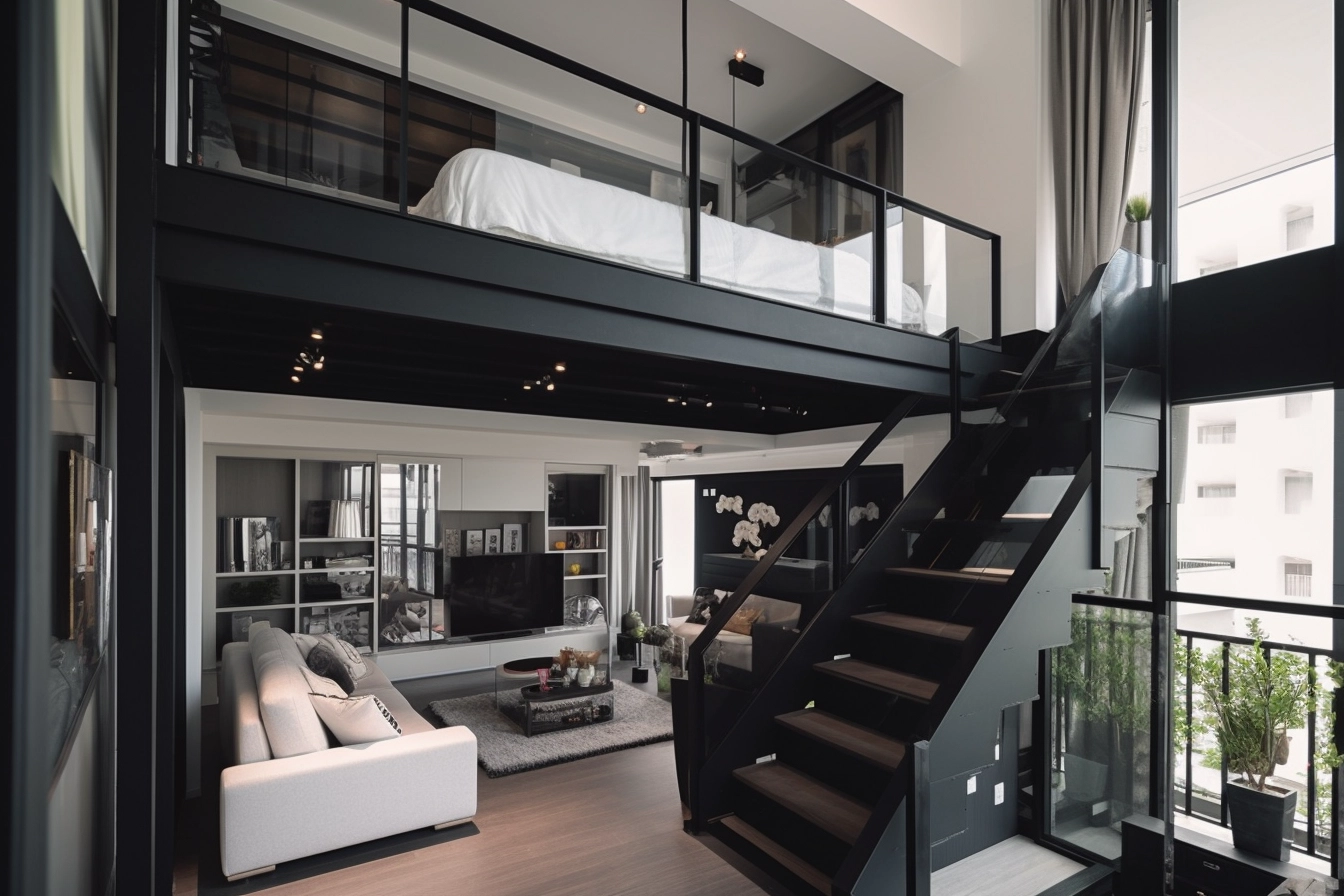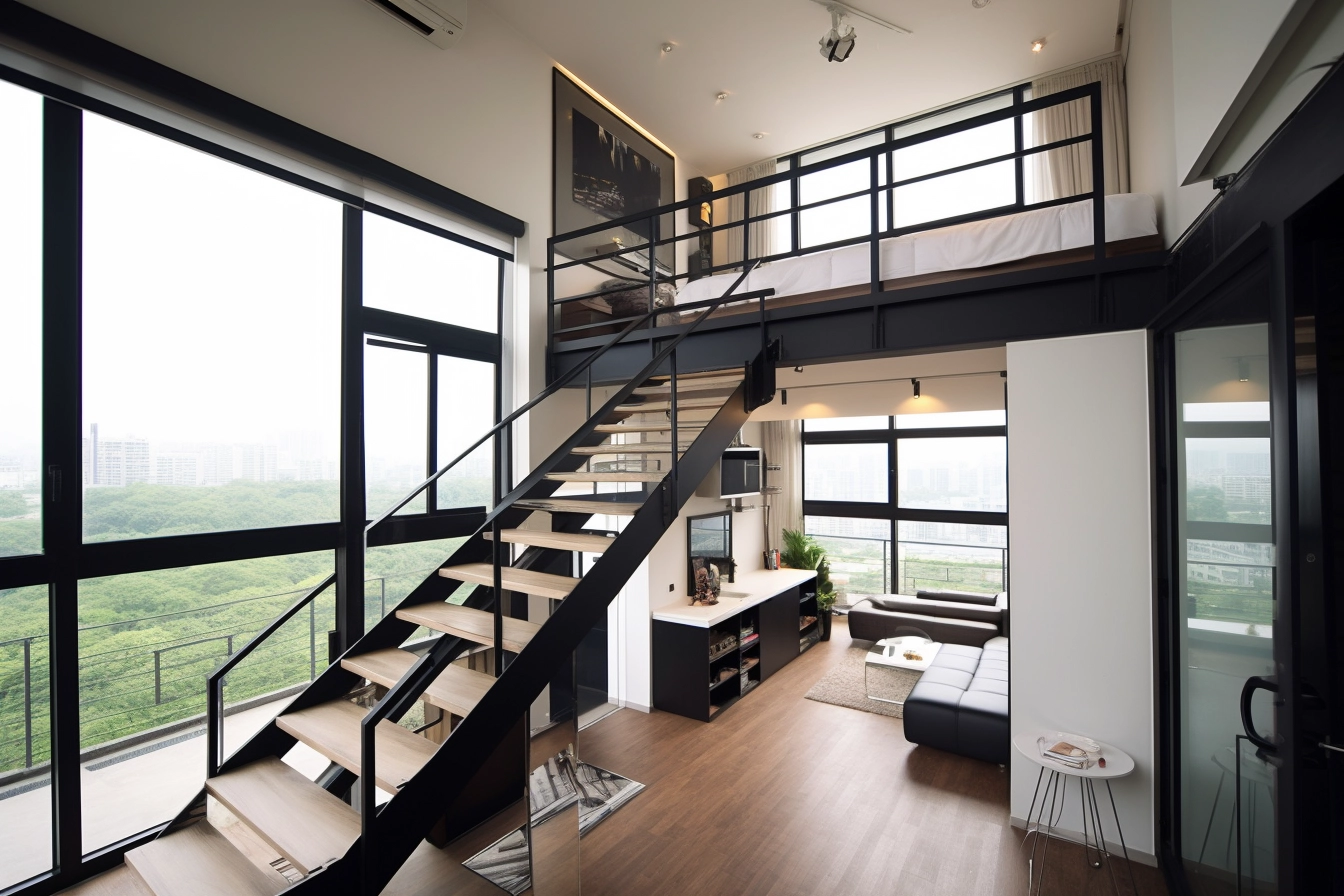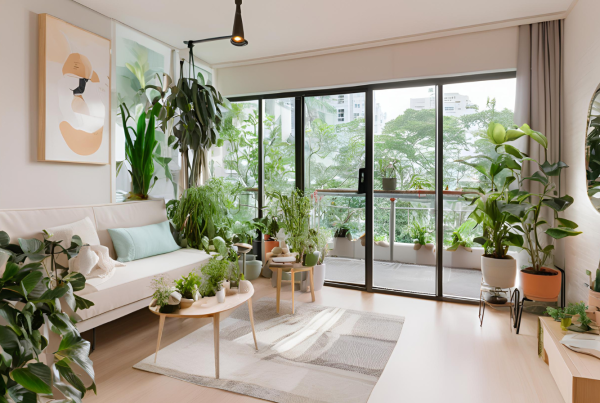Addressing space limitations within your home often necessitates creative and innovative solutions, and the installation of a mezzanine floor stands out as a prime example. Situated between the void spaces of your ceiling and floor, a mezzanine floor presents a unique opportunity to maximize the utility of your living space while preserving its overall footprint. This versatile addition holds the promise of accommodating a diverse range of functions, from the creation of an additional living room or workspace to the provision of much-needed extra storage space.
By capitalizing on underutilized vertical space, a mezzanine floor enables homeowners to optimize their living environments without the need for costly and extensive renovations. Whether you seek to carve out a cozy retreat for relaxation, establish a dedicated area for productivity, or simply enhance the overall functionality of your home, a mezzanine floor offers a flexible canvas upon which to realize your design aspirations.
Moreover, the installation of a mezzanine floor can contribute to the aesthetic appeal of your home, imbuing it with a sense of depth, dimension, and architectural interest. With careful consideration given to materials, finishes, and design elements, a mezzanine floor has the potential to become a striking focal point that elevates the visual impact of your living space.

What is a Mezzanine Floor
A mezzanine floor serves as an intermediate platform situated between the main floors of a building, commonly found between the ground level and the ceiling. Derived from the Italian term “mezzano,” meaning middle, these floors are designed to partially cover the floor space below, extending across a portion of the building’s footprint.
Characterized by their intermediate positioning, mezzanine floors typically constitute 25% or less of the size of a standard floor. Initially prevalent in commercial environments like offices and warehouses, mezzanine floors have now found increasing popularity in residential properties. They offer homeowners the advantage of additional space and flexibility in customizing their living environments.
Access to mezzanine floors is typically facilitated by stairs or ladders, with their design tailored to support specific load capacities based on their intended use. Construction materials for mezzanine floors vary, ranging from steel and concrete to wood, depending on factors such as building codes, structural requirements, and aesthetic preferences.
Mezzanine floors present a practical solution for expanding usable space within a building without necessitating extensive structural modifications or additions.

Can I Build a Mezzanine Floor in Condos?
Short answer, yes. However, navigating the regulatory landscape and obtaining proper approvals are crucial steps in the process of installing a mezzanine floor, especially in a highly regulated environment like Singapore. The Urban Redevelopment Authority (URA) imposes strict regulations to ensure that mezzanine installations comply with safety standards and do not compromise the structural integrity of buildings.
Due to concerns related to alterations in property usage, plot ratio, and structural integrity, the installation of mezzanine floors is generally deemed illegal in Singapore. The additional load capacity introduced by mezzanine floors poses safety risks, making it essential to obtain approvals from relevant authorities, including the URA, Building and Construction Authority (BCA), and Fire Safety and Shelter Bureau (SCDF-FSSB).
While obtaining approval for a mezzanine floor installation is feasible in select cases, failure to secure proper approvals can result in severe penalties. These penalties may include substantial fines and the mandate to remove the unauthorized structure, along with restoration costs to return the property to its original configuration.

Can I Build a Mezzanine Floor in HDBs?
HDB strictly prohibits extending the floor area of flats by covering void areas, citing concerns about additional load on the structure and potential compromise to the building’s integrity. While there have been instances of small mezzanine constructs being approved by HDB for specific purposes, such as housing speakers, larger mezzanine floors intended for added living space are generally not permitted.
Contractors highlight several concerns regarding mezzanine floors, including structural stress, fire safety risks, and potential hazards from falling objects. These factors contribute to HDB’s reluctance to approve mezzanine floors without thorough assessment and adherence to safety standards.
Attempting to install a mezzanine floor without HDB approval can result in fines of up to $5,000 and the requirement to remove the unauthorized structure at your own expense. Therefore, it is essential to seek permission from HDB before considering any alterations to your flat’s structure, no matter what assurances contractors or interior designers may provide.
Securing Approvals for Mezzanine Floors
The first step is to check the floor plan of your home to determine whether it’s high enough to accommodate a mezzanine floor. Homes with a mezzanine floor installed usually have lofty ceilings.
Next, check with the developer or building management whether it is allowed. Make it clear that you plan to install a mezzanine floor and allow them to explain the procedures and requirements needed to install a mezzanine floor.
Then, you should also get approvals from both the URA and Building and Construction Authority (BCA) to ensure that the mezzanine floor is legal and the design meets the required safety standards. Getting perfect compliance from them is the most important aspect, regardless of what carpenters, interior designers, or renovation contractors might try to tell you.
Lastly, you must also submit to the Fire Safety and Shelter Bureau (SCDF-FSSB) to comply with the fire code and to ensure that safety mechanisms like sprinklers are properly installed.
Therefore, it is crucial to prioritize adherence to regulatory guidelines and seek approval from relevant authorities before proceeding with any mezzanine floor installation endeavors. By doing so, homeowners can ensure compliance with safety standards and mitigate the risk of facing legal consequences down the line.






